Cooking salmon in the oven can be tricky as overcooking can result in dry and tough fish. That's why it's important to understand the ideal temperature to cook salmon in the oven to ensure it's moist, tender, and full of flavor.
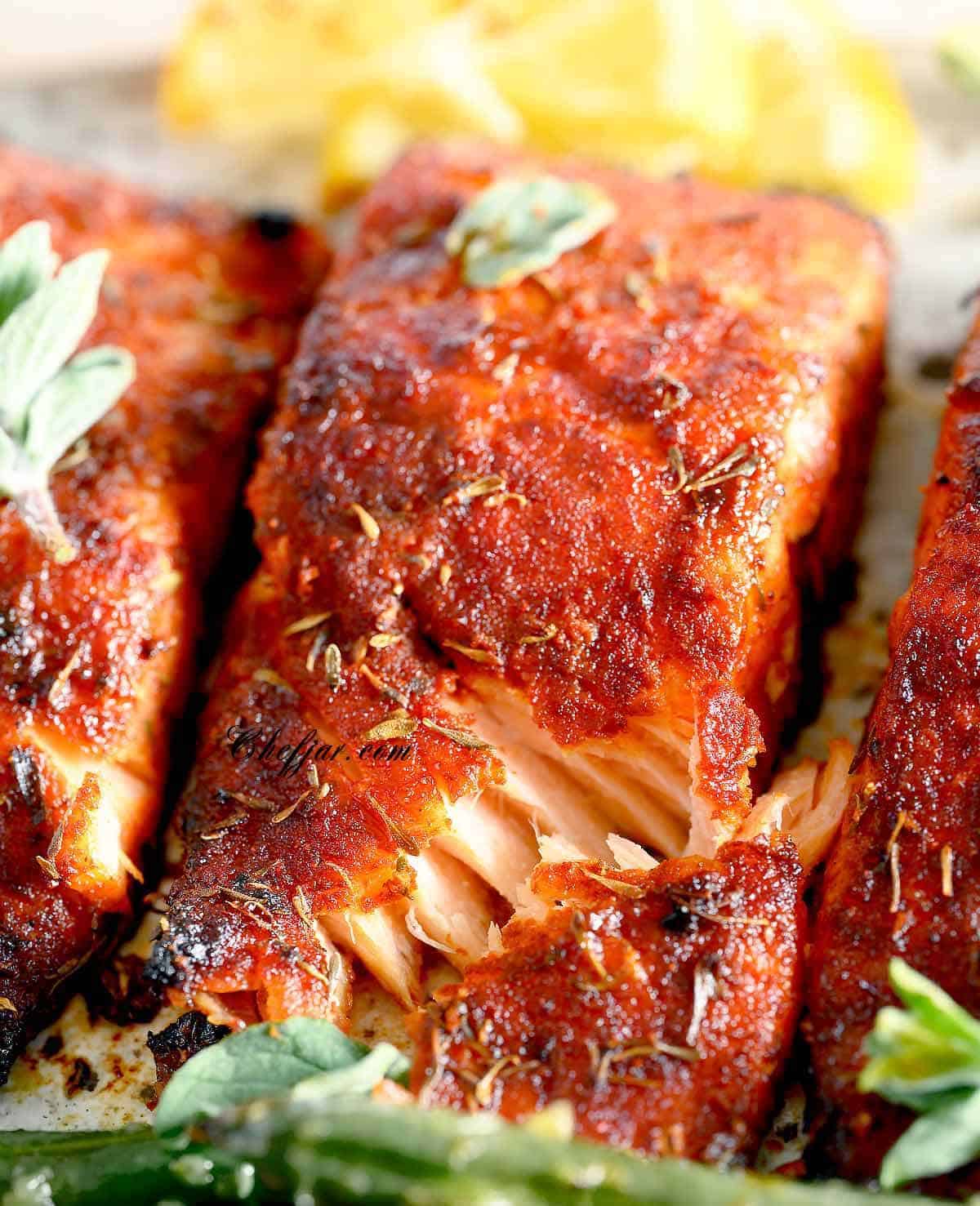
Salmon Health Benefits
Salmon is a nutritional powerhouse that offers a wide range of health benefits. Some of the key benefits of including salmon in your diet include:
- Heart Health: The omega-3 fatty acids found in salmon can help reduce inflammation, lower blood pressure, and decrease the risk of heart disease.
- Brain Function: The high levels of omega-3s in salmon can also improve brain function and help reduce the risk of cognitive decline.
- Eye Health: The omega-3s in salmon can also help prevent age-related macular degeneration, which is a leading cause of blindness in older adults.
- Skin Health: The vitamin D and omega-3s in salmon can help improve skin health and reduce the risk of skin cancer.
- Bone Health: The vitamin D and calcium in salmon can help improve bone health and reduce the risk of osteoporosis.
What Is the Ideal Temperature for Salmon?
- According to the FDA, salmon is considered cooked when it reaches a temperature of 145 degrees F at the thickest part. However, this can result in a very firm and some may even say dry salmon.
- Cook's Illustrated suggests that farmed salmon should be cooked to a temperature of 125 degrees F if you prefer a mostly firm texture with some silkiness. On the other hand, wild salmon should be cooked to just 120 degrees F since it is leaner and can easily dry out.
- While some people may prefer a very dry salmon, We have found through trial and error that the ideal temperature for salmon is 135 degrees F. As soon as the salmon reaches this temperature when measured at the thickest part with an instant-read thermometer, remove it from the heat source and let it rest.
- Allowing the salmon to rest allows the juices to incorporate back into the fish while its temperature continues to rise. This results in a medium, moist, and safe-to-eat salmon.
What Temperature to Cook Salmon in the Oven
Salmon can be baked at a range of temperatures between 350°F and 425°F. Our preferred temperature for baking salmon in the oven is 400°F, as it yields a moist fish with crispy skin.
For a more tender texture, you can opt to bake your salmon at 350°F or 375°F instead. The cooking time will vary depending on the temperature and thickness of the fillets, but generally, it should take between 10 to 20 minutes.
What Temperature to Bake salmon in Foil
When baking salmon in foil, the recommended temperature is 375°F. However, the baking time will depend on the thickness of the salmon fillet. It is important to ensure that the internal temperature of the salmon reaches 145°F before consuming to ensure it is fully cooked and safe to eat.
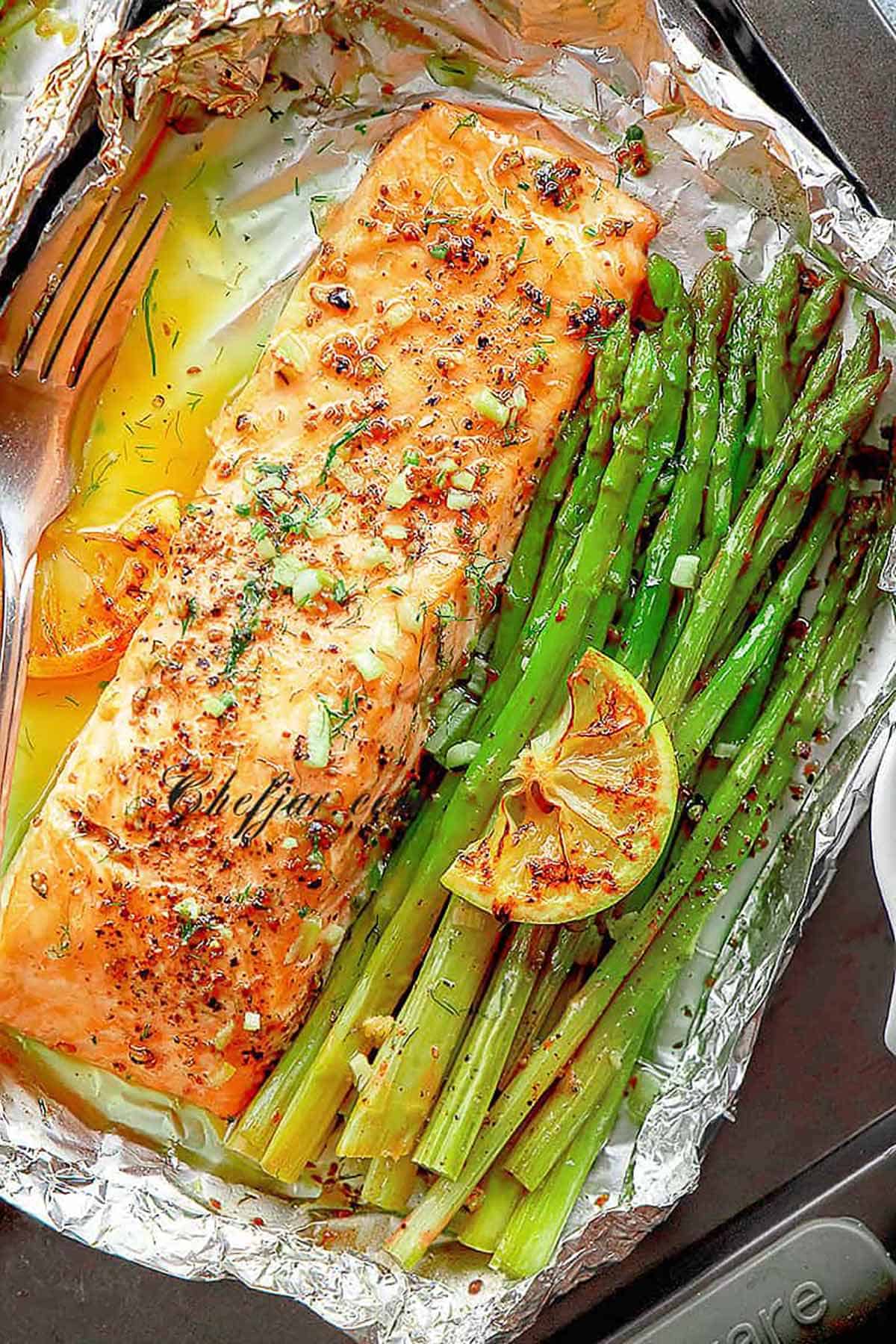
What is the Right Internal Temperature for Salmon?
❗ The recommended internal temperature for fully cooked salmon is 145°F (63°C) when measured at the thickest part of the fish. This ensures that any harmful bacteria have been destroyed and the salmon is safe to eat. When using an instant-read thermometer, make sure to insert it into the thickest part of the salmon fillet for an accurate reading.
How to Tell When Salmon is Done
There are a few ways to tell when salmon is done:
- Check the internal temperature: The best way to determine if salmon is fully cooked is by checking the internal temperature. Use an instant-read thermometer and insert it into the thickest part of the salmon fillet. The temperature should read 145°F (63°C) for fully cooked salmon.
- Look for the color: Another way to tell if salmon is done is by looking at the color. Fully cooked salmon will have a light pink color throughout, and the flesh should be opaque and flaky.
- Check for texture: If the salmon flakes easily with a fork and has a moist, tender texture, it is likely fully cooked. If the salmon is still raw or undercooked, it will be firm and translucent in the center.
Overall, it is important to ensure that the salmon is fully cooked to a safe internal temperature of 145°F to avoid any risk of foodborne illness.
Baked Salmon Internal Temperatures Chart by Doneness
| Doneness | Internal Temp |
| Rare | 120°F (49°C) |
| Medium-Rare | 125°F (52°C) |
| Medium | 130°F (54°C) |
| Medium-Well | 135°F (57°C) |
| Well-Done | 145°F (63°C) |
❗ If you are uncertain about the doneness you prefer or are cooking for others, we recommend to cook salmon to the FDA recommended internal temperature of 145°F for fully cooked fish.
Salmon Oven Temperatures Chart
The cooking time for salmon will depend on the oven temperature and the size of the salmon. Here is a general guide for cooking salmon in the oven:
| Oven Temperature | 6 oz. Salmon | 1 ½ Lb Salmon |
| 350 F | 15 to 18 minutes | 18 to 25 minutes |
| 375 F | 12 to 16 minutes | 16 to 20 minutes |
| 400 F | 10 to 15 minutes | 15 to 20 minutes |
| 425 F | 9 to 12 minutes | 13 to 15 minutes |
| 450 F | 8 to 10 minutes | 10 to 13 minutes |
Tips and Tricks
- Leave the skin on: Keeping the skin on the salmon helps to regulate the amount of heat it receives during cooking. If you remove the skin before cooking, the salmon may overcook quickly.
- Cook the salmon skin-side down: When cooking fillets, always place the salmon skin-side down on the heat source. The skin acts as a barrier to the heat, ensuring that the fish cooks evenly and doesn't overcook too quickly.
- Season just before cooking: Instead of seasoning the salmon ahead of time, add salt, pepper, and other seasonings just before cooking. Salt and other seasonings that contain sodium can draw moisture out of the fish, potentially causing it to become dry if applied too early.
- Avoid high heat: Heat your cooking source to the appropriate temperature as indicated in the recipe you're using. This ensures that the salmon cooks evenly and doesn't become overcooked.
- Let the salmon rest: Once the salmon is done, remove it from the oven and let it rest for a few minutes before serving. This allows the juices to redistribute and the salmon to become more tender and flavorful.
Frequently Asked Questions
Wild salmon is considered by many to be the best type of salmon due to its natural diet and environment. It has a richer flavor and firmer texture than farmed salmon. Popular varieties of wild salmon include sockeye, coho, and king (chinook) salmon.
The white stuff that oozes out of salmon during cooking is called albumin. It is a protein that coagulates when heated, and it is perfectly normal for it to appear during the cooking process. However, if there is a lot of albumin oozing out of the salmon, it could be an indication that the fish is overcooked. To reduce the amount of albumin that appears, try cooking the salmon at a lower temperature and for a shorter amount of time.
Salmon may turn white instead of pink if it is overcooked. Additionally, some types of salmon are naturally lighter in color, while others may be artificially colored to achieve a pink hue.
It is recommended to leave the skin on the salmon when cooking in the oven to help control the amount of heat it's exposed to and prevent overcooking. You can remove the skin before eating or leave it on if you enjoy the flavor and texture.
It is not necessary to cover salmon when cooking in the oven, but you can if you prefer. Covering the salmon can help to keep it moist and prevent it from drying out, especially if you are cooking at a high temperature or for a long time
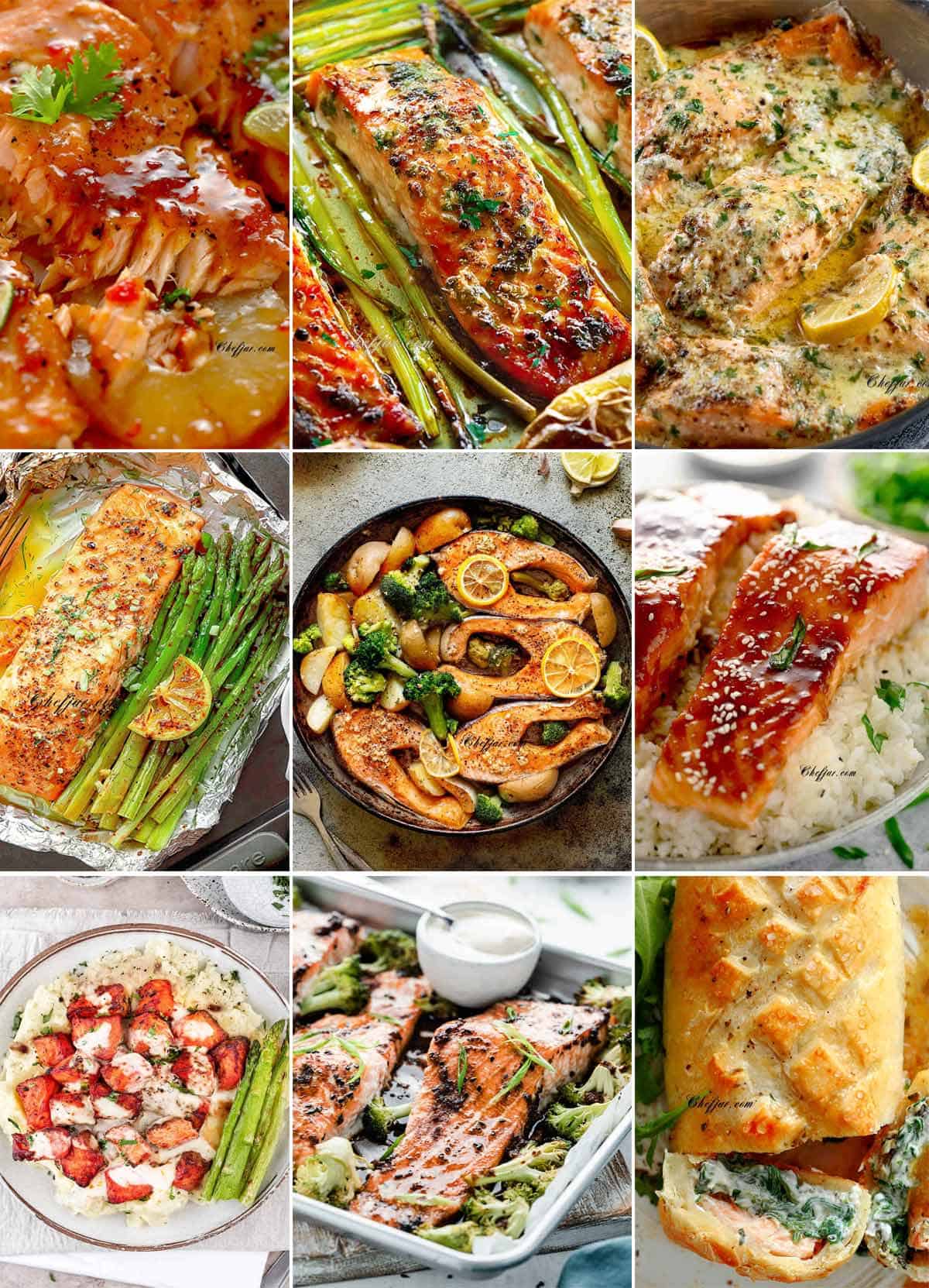
Delicious Baked Salmon Recipes
Baked Salmon with Lemon Butter Cream Sauce
Baked Salmon with Potatoes and Vegetables
Air Fryer Salmon Bites with Garlic Cream Sauce

All rights reserved. CHEF JAR. All images and content are copyright protected. PLEASE do not use my images without my permission. If you want to share this recipe, PLEASE provide a link back to this post.

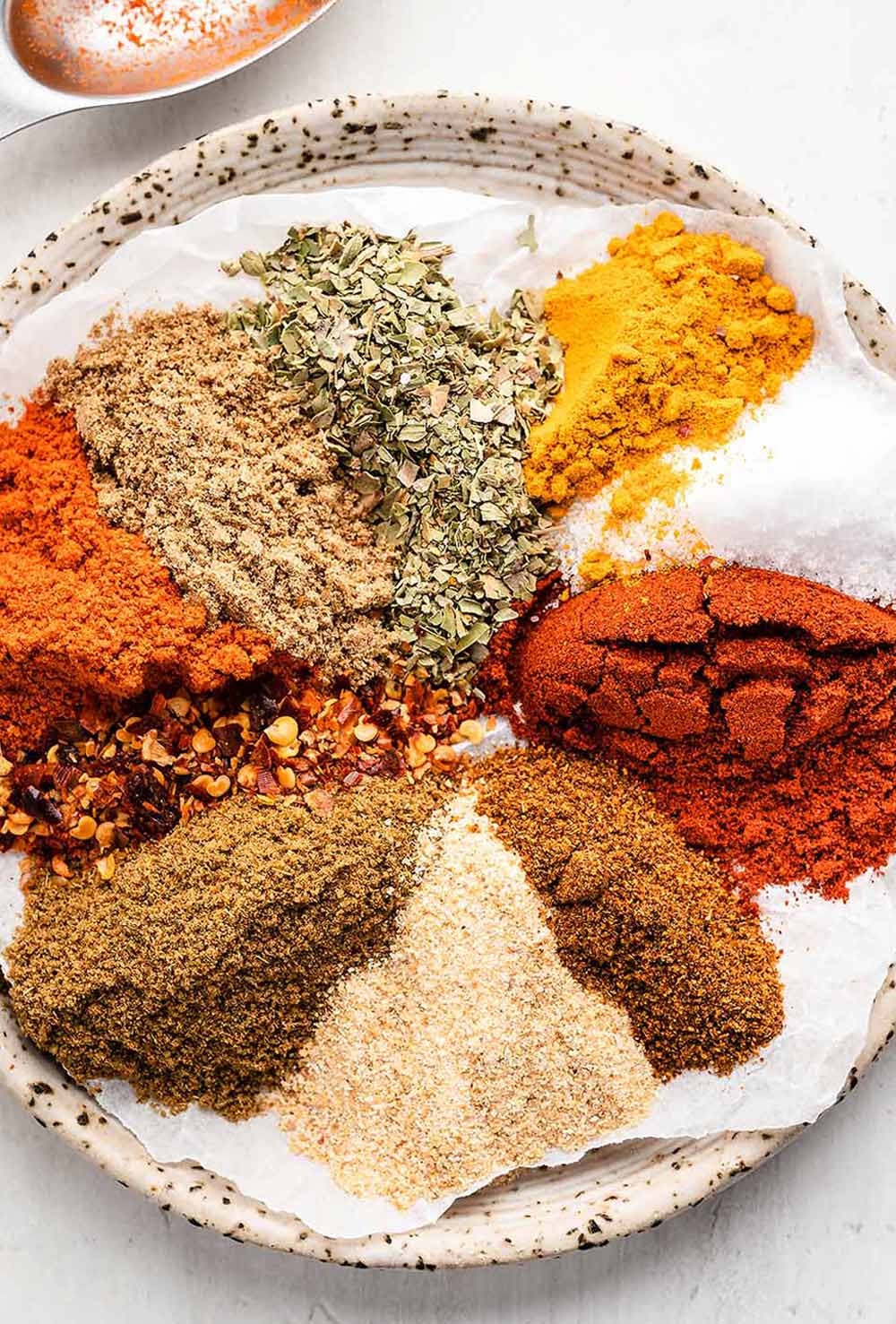
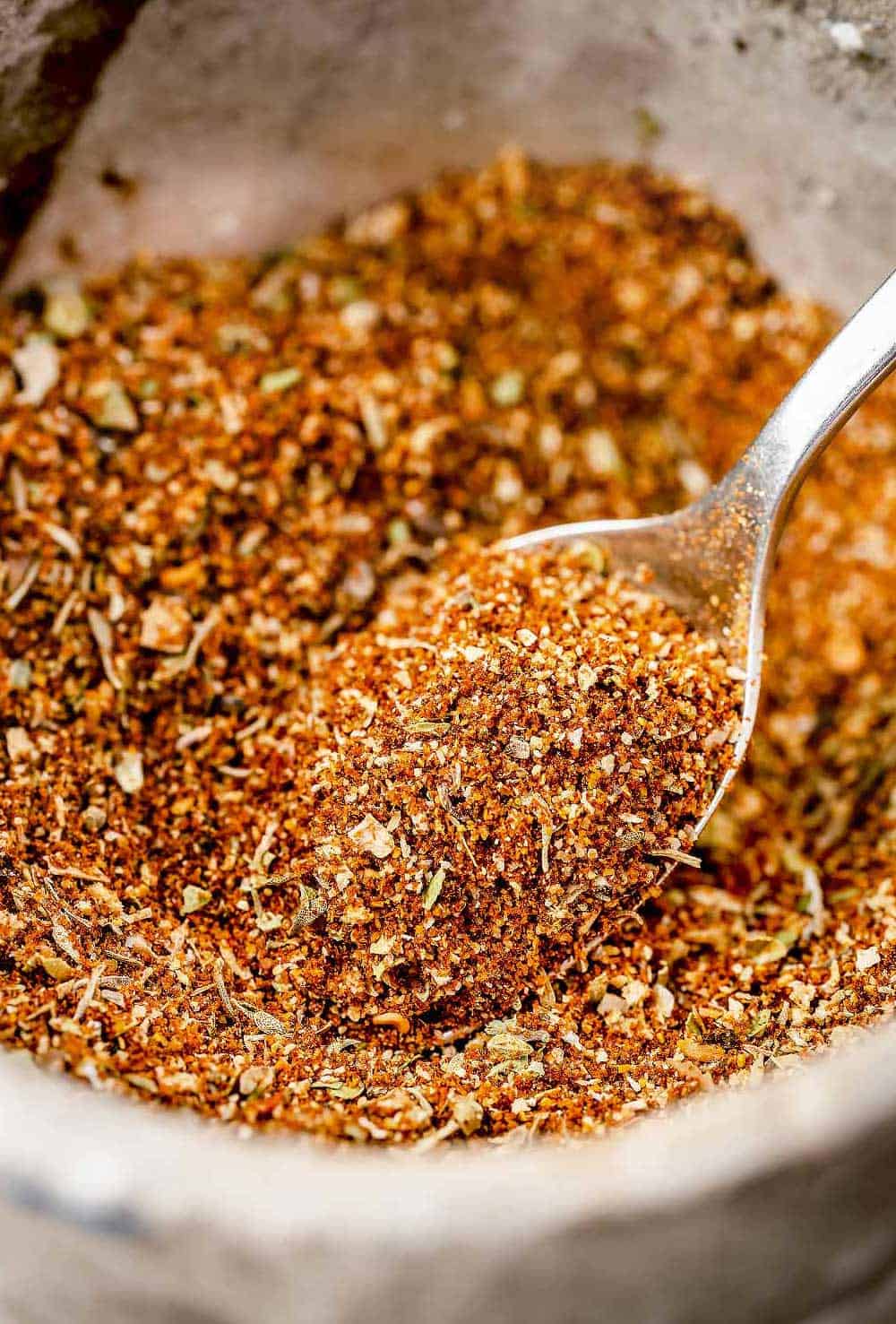
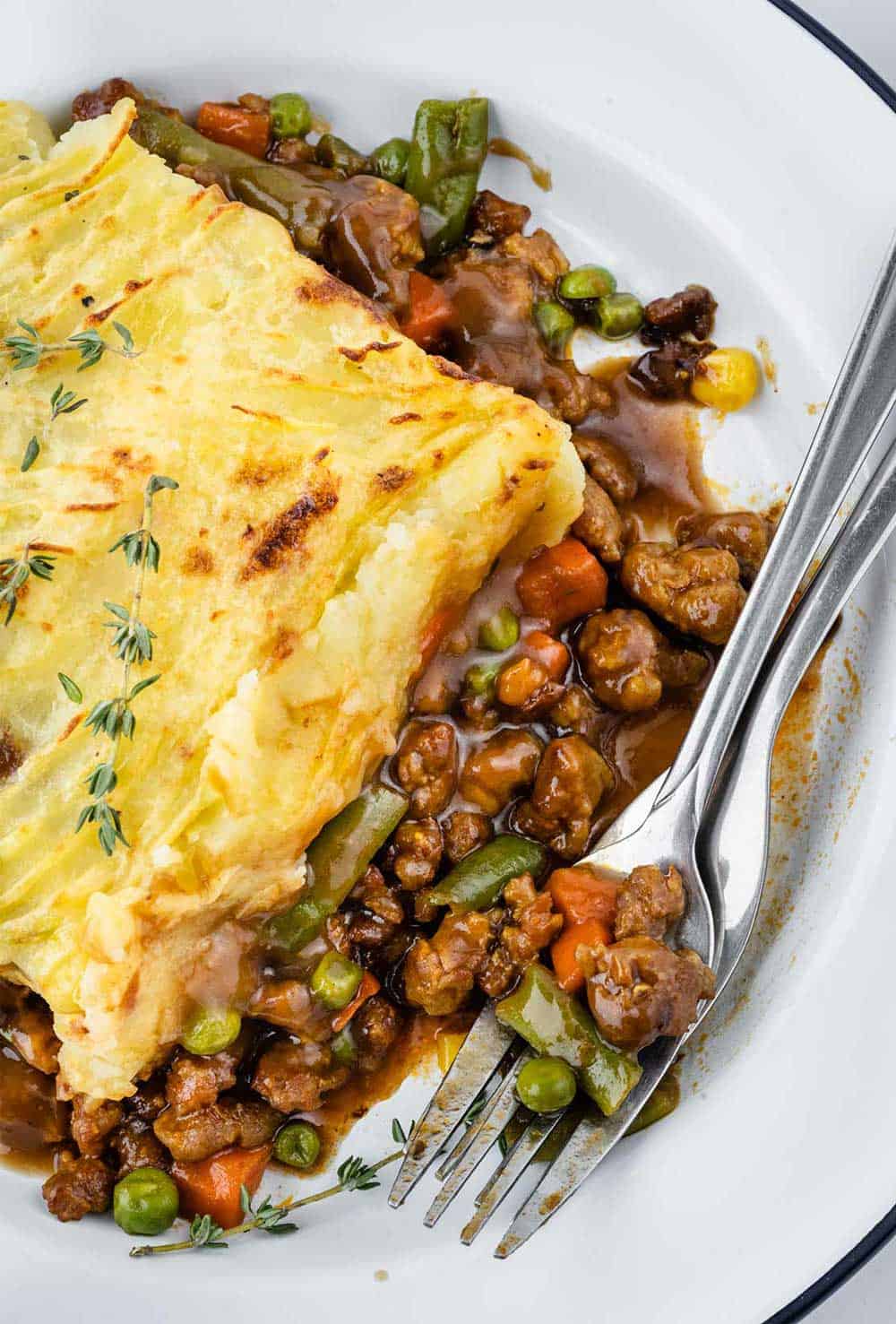
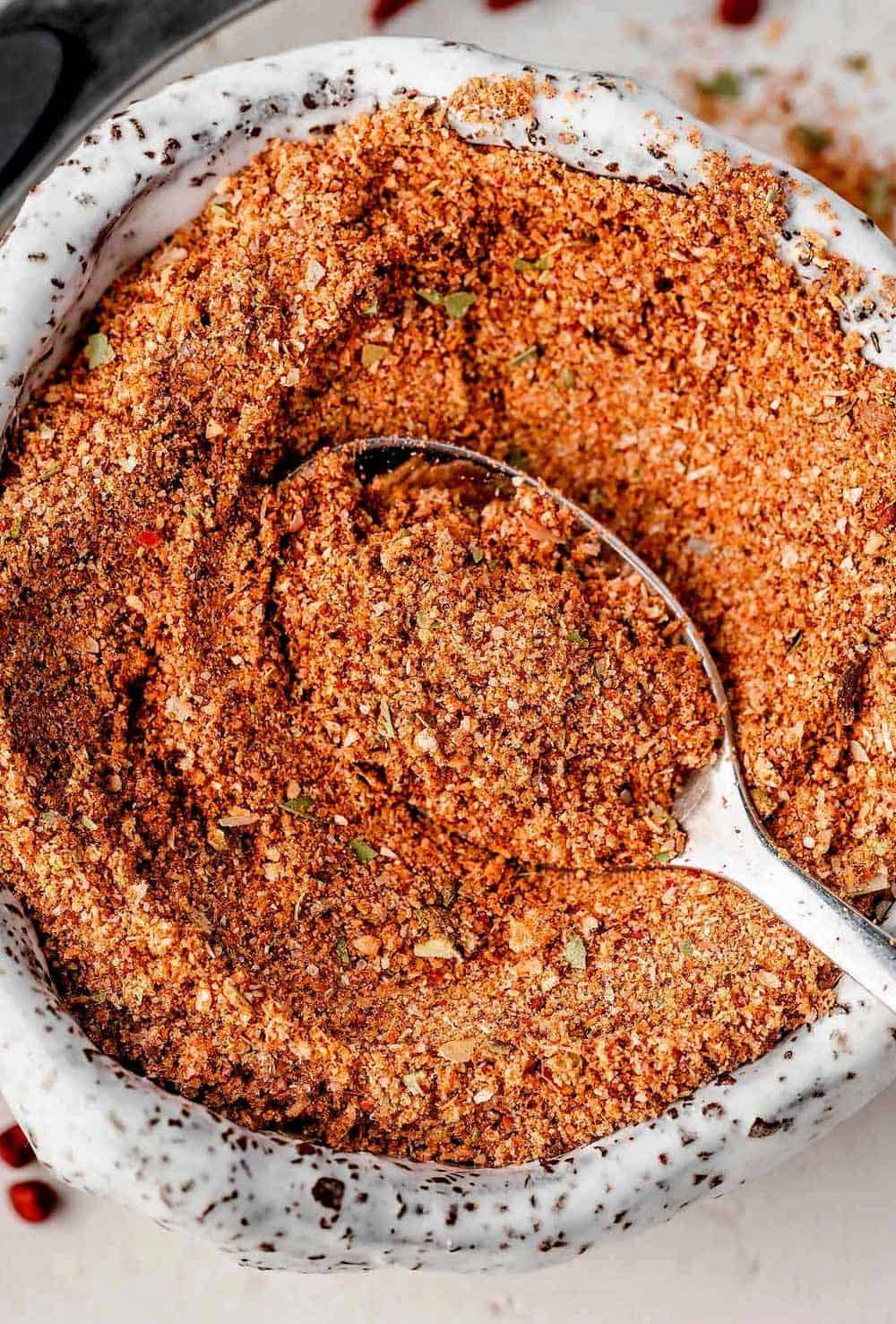
Leave a Reply